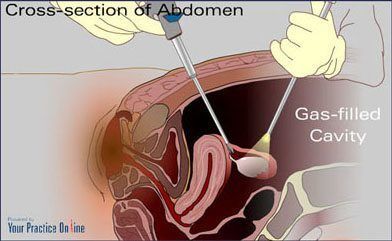With the advent of laparoscopy (minimally invasive or keyhole surgery), indications for open surgery were redefined. With technological advances with fibreoptics and instruments, the procedure could be carried out safely and effectively. The reasons why laparoscopic surgery could not be performed became fewer, and it developed in leaps and bounds.
The general philosophy is minimal trauma to the patient, which helps in a quicker recovery with lesser pain, and overall, a better patient experience. The surgical procedure that is carried out is no different from that of the open technique. However, for a variety of reasons, including safety, a keyhole procedure may have to be converted to a traditional open procedure.
Main advantages of keyhole over open surgery
- Quicker recovery
- Lesser pain
- Earlier discharge from hospital
- Lesser adhesions (scar tissue) in the belly, which can cause problems in the future e.g. blockage
The commonest laparoscopic general surgery operations performed these days are:
Laparoscopy involves direct visualization of the abdominal cavity, by using a laparoscope, which is a camera with a light source at its tip. Fibreoptic fibres carry images from a lens, also at the tip of the instrument, to a video monitor, which the surgeon and other theatre staff can view in real time.
Carbon dioxide (CO2), which is put into the abdomen, helps to separate the organs inside the abdominal cavity, making it easier for the surgeon to visualise the different organs during laparoscopy, and perform a wide range of procedures. The gas is removed at the end of the procedure.

Operative setting for laparoscopy

